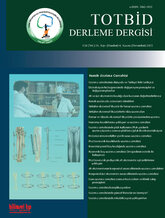
Bone lengthening surgery, whether performed with either external fixators or intramedullary nails, is one of the most complicated and time consuming interventions in orthopaedic surgery. Success of treatment is not only limited to the surgical technique, but directly related to structured and systematic postoperative follow up of the patient. The lengthening process consists of four stages; latency, distraction, consolidation, and the post-device removal phase. Each stage carries specific risks such as pain, neurovascular injury, pin tract infections, joint contractures, malalignment, and insufficient regenerate quality. In the early phase, pain control, neurovascular assessment, and preservation of joint range of motion are priorities. During the distraction phase, proper application of distraction rate and rhythm is crucial for both regenerate quality and prevention of neurovascular complications. At this stage, pin tract infections, muscle contractures, and joint subluxations are among the issues that may require treatment. In the consolidation phase, the calcification of the regenerate and monitoring of axial loading are essential, while after device removal particularly in patients treated with external fixators the risk of refracture and deformity must be considered. Beyond biomechanical concerns, psychological and social effects should not be overlooked, especially in pediatric and cosmetic limb lengthening cases. In conclusion, bone lengthening surgery is a process that requires multidisciplinary follow up and relies on strong patient–physician collaboration. Anticipation and effective management of potential complications enhance both functional and psychosocial outcomes.